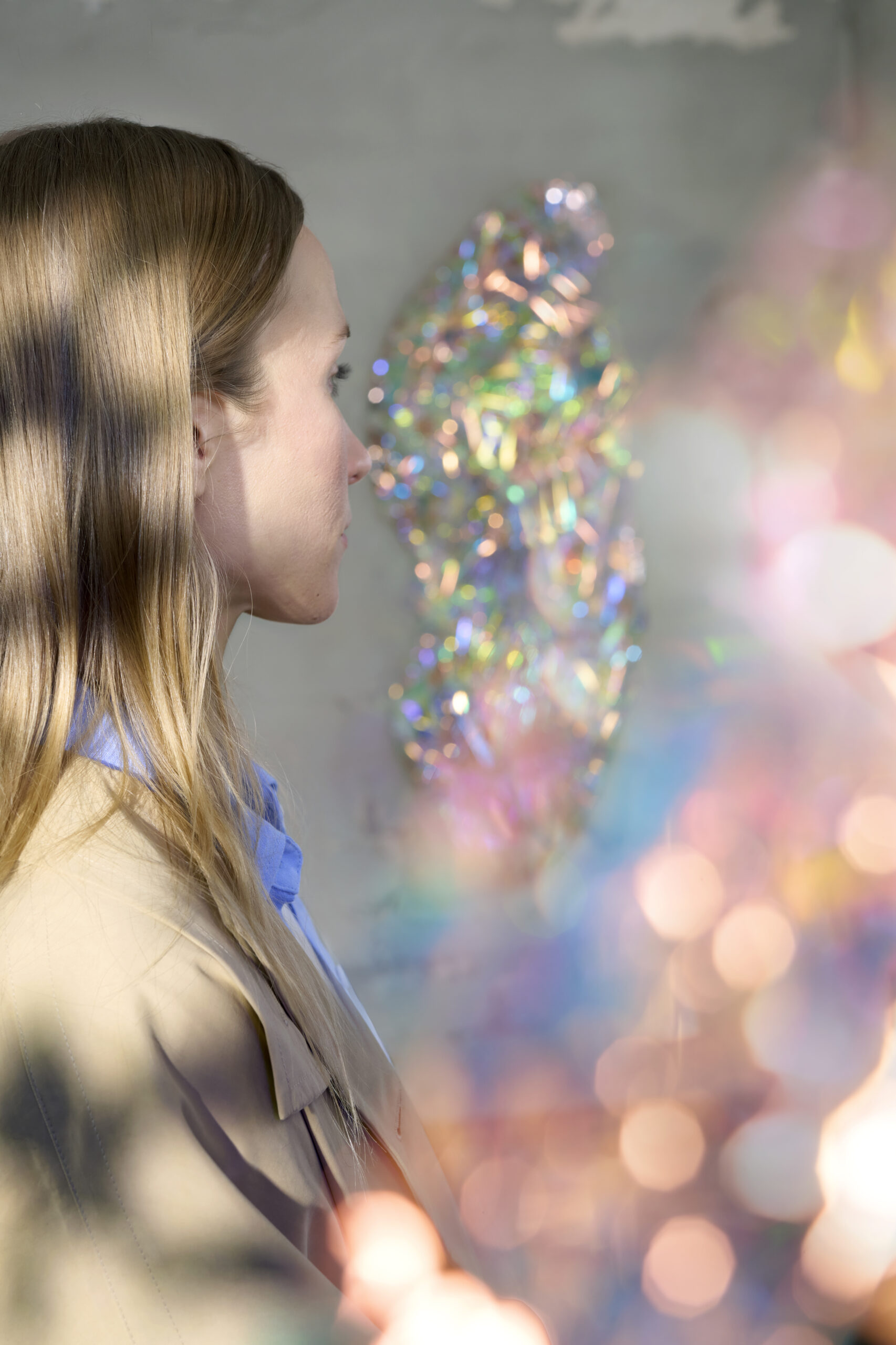
The Finnish Glass Biennale’s multidisciplinary advisory board aims to advance the entire glass sector
The Finnish Glass Biennale (FGB), which will be held for the first time this June, aims to increase appreciation for glass and raise its visibility, internationalize the Finnish glass sector, and strengthen collaboration within the field. The event will offer activities and experiences in Riihimäki, Nuutajärvi, and Iittala. The relevance and diversity of the FGB programme has been ensured by a multidisciplinary advisory board, who supported the biennale’s working group throughout the spring with their expertise and insight.
The advisory board consists of individuals from a range of fields, all united by their passion for Finnish glass. Members include Jouni Eho, Mayor of Riihimäki; Aarno Yrjö-Koskinen, Riihimäki City Councillor; fashion designer Anne-Mari Pahkala; Ari Salmi, CEO of Nuutajärvi Pruuki Oy; Jyrki Kippola, board member of the Friends of the Finnish Glass Museum; Janni Vepsäläinen, Creative Director at Iittala; and Tomi Hänninen, entrepreneur in the fields of culture and events. The group’s activities are coordinated by Kristian Keinänen, Head of Development at the City of Riihimäki; Hanna Mamia-Walther, Director of the Finnish Glass Museum; and Kari Korkman, CEO of Luovi Productions.
The Finnish Glass Biennale is part of Riihimäki’s Glass City initiative, which aims to promote the region through the culture of glass. Also in development is the “Glass Route”, a travel experience linking Nuutajärvi and Iittala.
What opportunities do the advisors see in presenting Finnish culture through the lens of art and design? Why is it important to celebrate Finnish glassmaking expertise? And what are they personally most looking forward to?
“It’s incredibly significant that we’ve decided to launch the Finnish Glass Biennale in the first place! It’s also vital that the event is accessible – not just to glass enthusiasts, but to all residents of Riihimäki. I’m particularly pleased that our open call for content received so many programme proposals. As it’s our first biennale, we’ll undoubtedly learn a lot. We’ll observe what works and what doesn’t – and this will guide our focus in future editions,” says Jouni Eho, Mayor of Riihimäki.
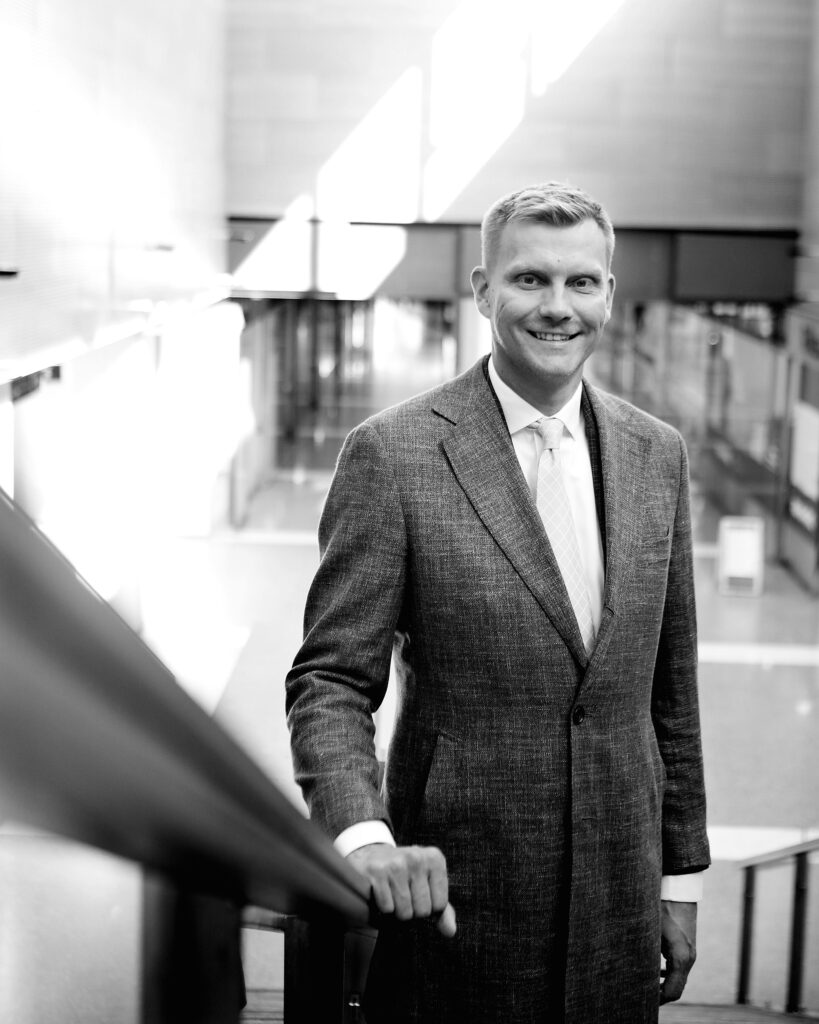
Aarno Yrjö-Koskinen, Riihimäki City Councillor adds, “I’m especially looking forward to the biennale’s innovative and fresh approach to presenting glass as both an art form and an integral part of Finnish craftsmanship and industrial history. The event should also include lighter, more playful elements that appeal to younger audiences.”

Fashion designer Anne-Mari Pahkala has a lifelong connection to glass. “Glass is a mesmerising material that sparks creative curiosity. It has a will of its own – eternal, yet delicate and able to disappear in an instant. It challenges its maker and carries stories from the past.”

Similarly, Janni Vepsäläinen, Creative Director at Iittala continues: “What I love most about glass is its sensitivity. The material must be allowed to tell its own story. It’s crucial that events like these make design more accessible to everyone. At its best, art and culture resonate through experience.”
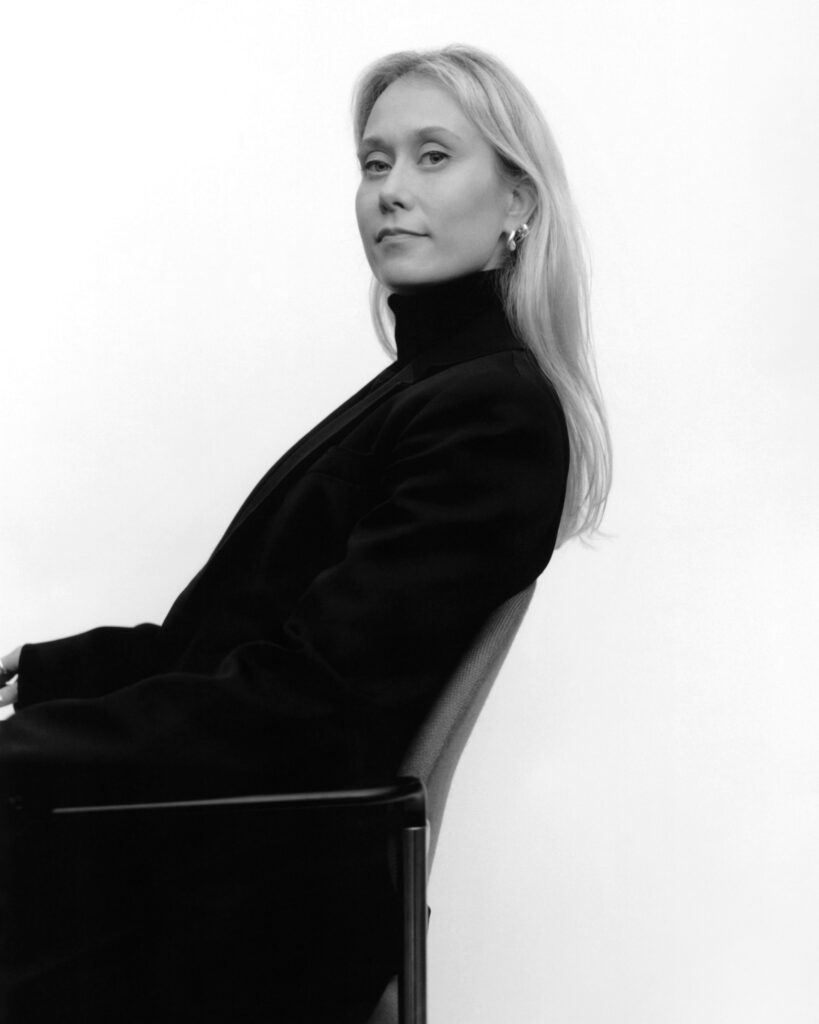
Hanna Mamia-Walther, Director of the Finnish Glass Museum continues: “Culture is a powerful means of communication – one that transcends language. It allows for shared experiences beyond nationality and deepens our understanding of the world and each other.”

Why is it important to celebrate Finnish glassmaking expertise?
“Honouring Finnish glassmaking is not only a tribute to past masters, but essential to the field’s continued evolution. International visibility fosters new collaborations, innovation, and the advancement of sustainable design. Glass is a material that demands deep understanding and skill. Its strength, sensitivity, and will make it a unique expressive medium. That’s why it’s vital to highlight Finnish craftsmanship – so it can continue to grow as part of the global design conversation,” Anne-Mari Pahkala says. “Promoting Finnish culture through art and design presents a unique opportunity to build community, share knowledge, and further develop the field. The Finnish Glass Biennale and the Glass Route create a space where tradition and new perspectives meet – enabling dialogue between local creators and international visitors. The route helps promote Finnish design and our craft heritage, supports the sector’s vitality, inspires new generations, and builds bridges across creative fields.”
Ari Salmi, CEO of Nuutajärvi Pruuki Oy, reminds us of glass’s long history: “Especially in the pre-industrial era, when Adolf Törngren owned the Nuutajärvi glassworks, the path of Nuutajärvi glassmaking was defined in ways that still resonate today. Much of the area’s current architecture dates back to that period. An industry that disregards its roots can’t expect a bright future. Of course we should celebrate Finnish glass design – I’d raise a toast to its technical expertise and manufacturing skills that are still top-tier in Finland. We also need greater national recognition. More support is essential for the sector’s development. Glass education should gain more visibility too, to attract new talent. Although the international glass scene is narrow, there are still promising young talents and a lively global interest in the field.”
“An industry that disregards its roots can’t expect a bright future.” Ari Salmi
On that topic, Hanna Mamia-Walther continues: “Glassmaking expertise is among the finest examples of Finnish cultural heritage. It’s tied to the histories of local communities and families, and plays a meaningful role in the story of our Finnish identity. We cannot let traditional glass craftsmanship fade – and it won’t survive without care. Finnish glass is now enjoying a renaissance, and that’s certainly something to celebrate.”
“Finnish glass is now enjoying a renaissance, and that’s certainly something to celebrate.” Hanna Mamia-Walther
Jyrki Kippola, board member of the Friends of the Finnish Glass Museum adds more about Finnish innovation in glass: “While glassmaking is based on ancient techniques, Finnish glassmakers have managed to fuse tradition with innovation. Artists have had – and still have – the courage to experiment with new techniques and material combinations, keeping glass culture vibrant. Finland is known as a design nation – perhaps more so among experts than the general public. Glass has played a central role in that narrative. One could even say that glass art has shaped our national identity, proving that a small country can create something truly distinctive. Art and design offer the public a tangible way to experience our culture – through beauty, craftsmanship, and stories. We have a strong foundation and a huge opportunity to bring it to a broader audience. From the perspective of tourism, this area remains underutilised. That’s why it’s fantastic to see initiatives such as the Finnish Glass Biennale sharing Finnish glass culture with ever wider audiences, both at home and abroad.”
“One could even say that glass art has shaped our national identity, proving that a small country can create something truly distinctive.” Jyrki Kippola
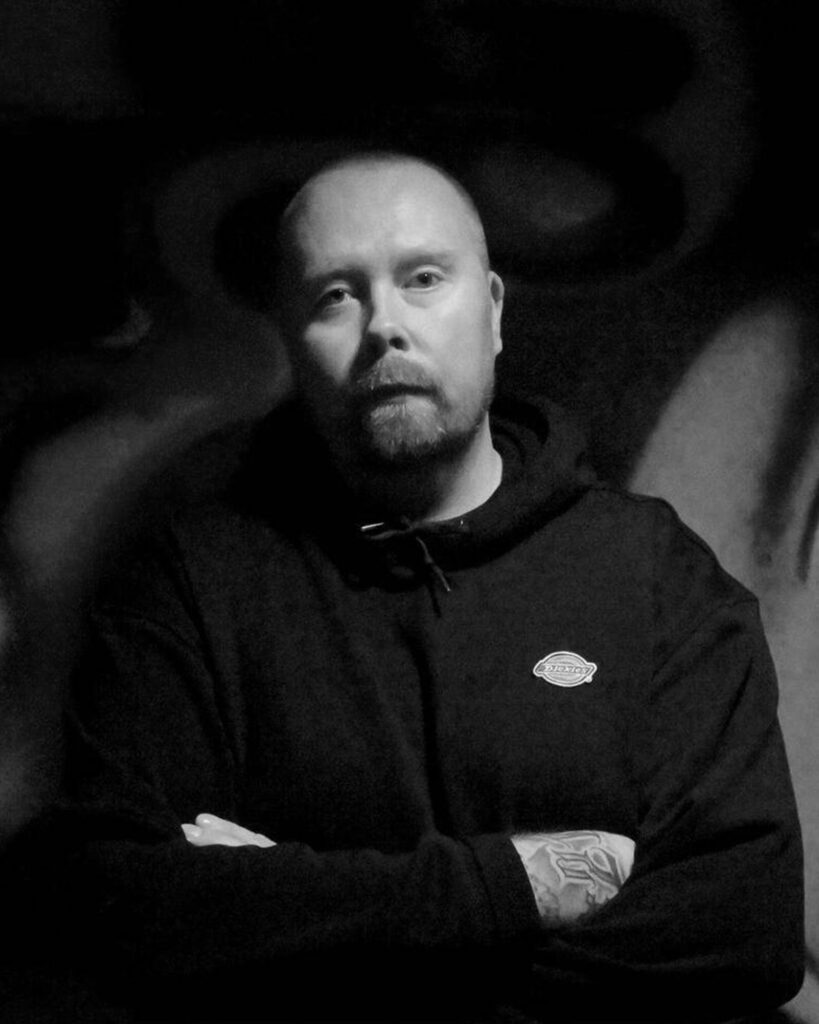
Tomi Hänninen’s background gives him another angle: “As an entrepreneur in culture and events, I’ve had the chance to meet a new generation of glassblowers who have drawn inspiration from street culture. I see glass mainly through the lenses of design and craftsmanship. It’s vital we attract new makers to the field to bring in fresh energy without forgetting our history. I’m also interested in the potential of glass to create employment and local vitality in diverse ways. I hope that celebrating glassmaking will bring this art form closer to everyday people. Glass is present in every home in some way, yet art glass and design glass often remain status symbols. Strong Finnish craftsmanship and niche expertise can never receive too much attention. Highlighting educational paths in the biennale can help build a sustainable future for the field.”
Kristian Keinänen, Head of Development of the City of Riihimäki, shares his perspective: “Finnish universities are conducting top-tier research into new states of glass and its applications in technology, healthcare, and urban development. Only recently have we begun to grasp the breadth and uniqueness of Finland’s glassmaking heritage. The Finnish Glass Biennale seeks to spotlight this in a new, internationally appealing way. Riihimäki, with the Finnish Glass Museum and the Old Glass Factory community; Nuutajärvi, with its glass school and studios; and Iittala, with its modern factory and artisans – together they form the ‘holy trinity’ of Finnish glass art, design and industry. Last December, the UNESCO status granted to hand-blown glass in Finland sparked the idea of connecting these three destinations into a single route. The Alvar Aalto Route is a great example that draws thousands of visitors annually to experience our golden age of architecture and design, and to engage with contemporary Finnish culture. Similarly, our glass destinations together create a critical mass that can generate international interest.”
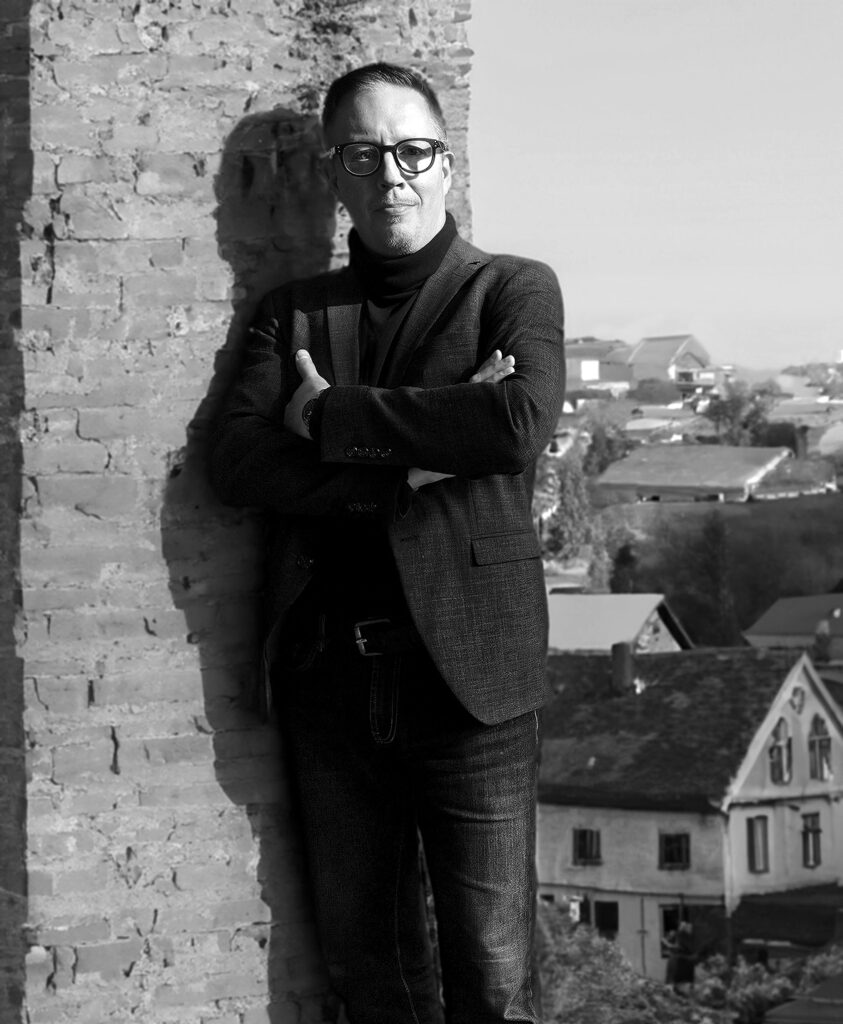
What are the advisors most looking forward to?
“It’s rare for a brand-new event to generate this much excitement. It’s as if everyone has been eagerly waiting for a Finnish Glass Biennale. I’m confident it will inject new enthusiasm into the field and raise the profile of Riihimäki, Nuutajärvi and Iittala. The legacy – and the future – of Finnish glass art rests on these places,” says Kari Korkman, CEO of Luovi Productions.

Tomi Hänninen ponders the reaction to Glass City: “I’m especially looking forward to local entrepreneurs getting involved and to the vibrant, festival-like atmosphere these kinds of events tend to generate. It’s important that the visitor experience begins the moment they arrive in Glass City – whether by train or other means. Strengthening the area’s traditions and creating tangible activity around the Glass City project offers us a chance to become a player bigger than our size.”
Anne-Mari Pahkala shares, “What I hope most from the June event are insights, experiences, and a sense of community. I hope it offers deep encounters with the diversity of glass art and design, while also creating space for dialogue and new ideas. The biennale is not only a chance to learn, but also to enjoy the living world of glass and design – its power to evoke emotion, tell stories and generate something new.”
Finally, Jyrki Kippola describes his biennale vision: “My dream biennale would be a space for encounters: a place where more and more people fall in love with glass, whether through objects, people, or the act of making. Watching glass being shaped is fascinating, and seeing it up close gives you a whole new appreciation of the material. These kinds of moments open up new perspectives and spark the joy of learning. Encounters like these are the heart of this passion for me. I also hope the biennale highlights the people who keep glass culture alive. Glass art and design don’t happen in a vacuum – they’re shaped by skilled individuals whose stories deserve to be heard. When we bring the makers out from behind the objects, we add depth and humanity to glass – and inspire new generations to engage with this incredible material.”
Finnish Glass Biennale 5–8 June 2025. Pre-events begin on 2 June. More information available here.
Organised by the City of Riihimäki, The Finnish Glass Museum, and Luovi Productions, the founder and producer of Helsinki Design Week and the Fiskars Village Art & Design Biennale.